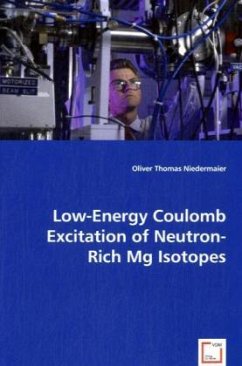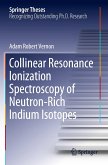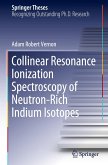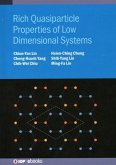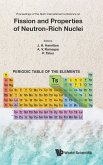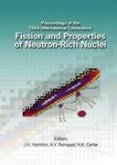The first "safe" Coulomb excitation experiments with beam energies below the Coulomb barrier have been performed in 2003 and 2004 at the newly commissioned radioactive beam facility REX-ISOLDE at CERN in conjunction with the modern HPGe-spectrometer MINIBALL.From the Coulomb excitation experiments with beams of 30Mg and 32Mg, the reduced transition probabilities B(E2) from the 0+ ground states to the first excited 2+ states of these isotopes could be extracted in a model-independent way.While the B(E2) value of 30Mg is that expected for a pure sd-shell nucleus, the unusually large collective value observed for the "semi-magic" N = 20 nucleus 32Mg reflects the vanishing neutron shell gap between sd- and pf-shell configurations.The present result thus manifests a surprisingly abrupt transition to the so-called "island of inversion" between 30Mg and 32Mg.This book is aimed for physicists, graduates and Ph.D. students who are interested in nuclear physics experiments with radioactiveexotic nuclei which are characterized by extreme neutron-to-proton ratios.

